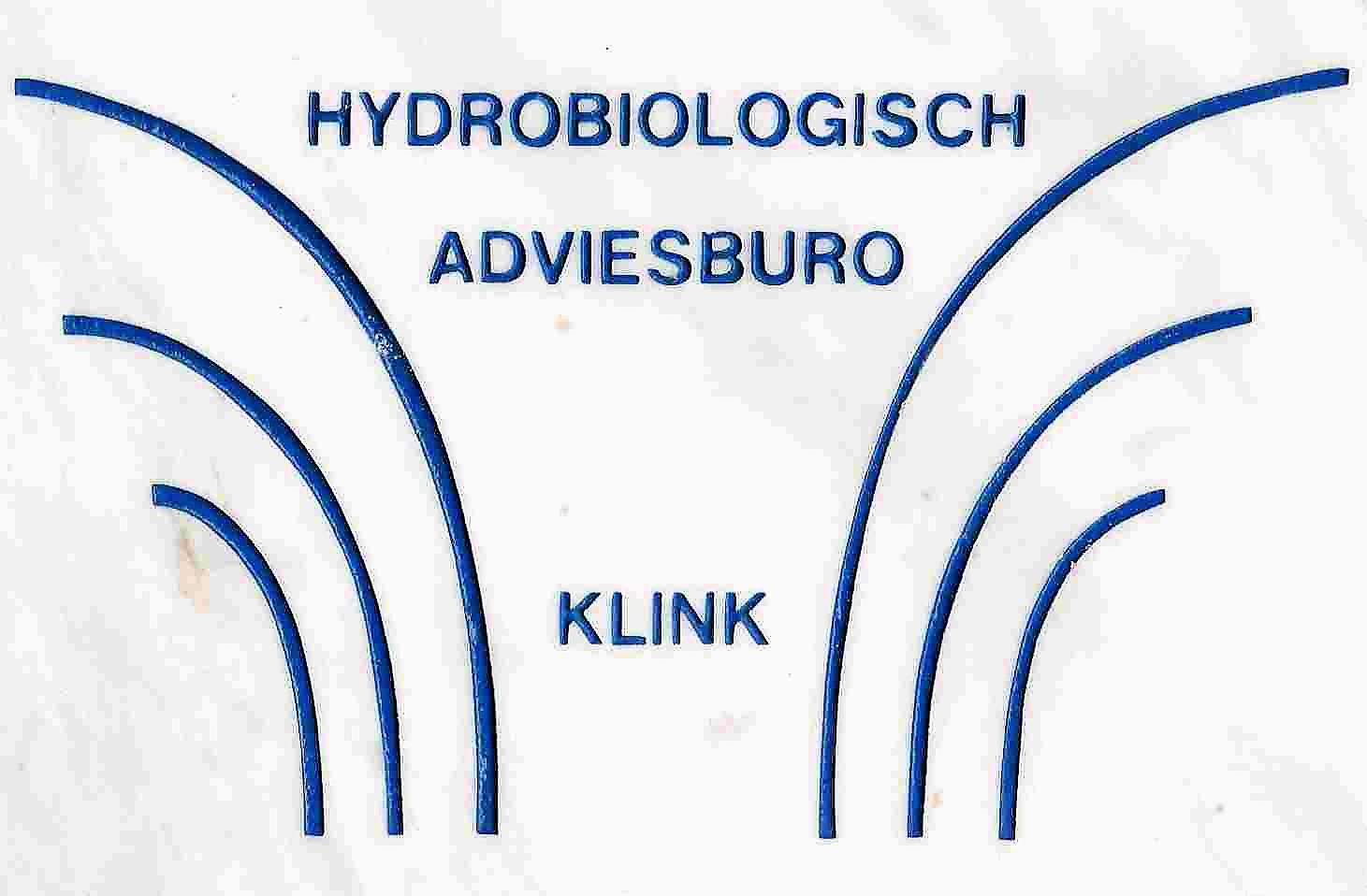Abstract of the report:

Map 0. Ecological assessment of the catchment basin of the River Seine
This report is financed by the Rouen based Groupement d’Intérêt Public SEINE AVAL and contains an analysis of macro invertebrate communities in the large rivers in the Seine basin, the Seine Aval and the western streams running to the Seine Aval. The latter samples have been taken by DIREN in 2001-2006. The Seine Aval was examined in 2006 and the basin was sampled in summer 2008 and spring 2009.
Despite the fact that the basin (79,000 km2) consists of 78% cropland and 20% urbanized surface, the biodiversity is staggering. With relative small effort we collected 571 species and 71% of the potential invertebrate fauna ever found in rivers in this eco region. The most endangered group are the stoneflies of which 76 % is not recovered. In graph 0 we can see the loss of the natural biodiversity (centre of the plot) and the present situation of the Seine and Dutch Rhine (Klink, A., 2006 Macroinvertebrates of the Seine-Aval Adviesburo Klink Rap. Med. 93: 35 pp.)

Graph 0. Loss of the natural biodiversity in the Seine and Dutch Rhine
The present situation in the Seine is deduced from the 20 stations we have investigated. The present situation in the Rhine results from data over the past decades from over 1000 samples. Note that the Plecoptera in the Rhine are extinct (100% loss) and that the Ephemeroptera, Elmidae, Trichoptera and Simuliidae are pushed near extinction.
We tested six different assessment tools and concluded that the best available tool seems to be the “native” Index Biologique Global Normalisé (IBGN). With this tool we assessed the main tributaries as follows:Table 0. Ecological quality of the Seine basin assessed by IBGN

Blue = high; green = good, yellow = moderate and orange = poor
The fact that rivers are suitable for large vessels makes them unsuitable for a good ecological state. In the Lower Seine also considerable pollution was found around Rouen. Of the 10 western streams 3 were considered ecologically moderate (Commerce, Robec and Cailly) and the others good.
From paleo ecological and historical research we have to conclude that the present ecological state of the Seine Aval is bad, but that the recolonization potential from the upstream basin is large. With the elimination of pollution, habitat restoration and river bed adaptations there
will be plenty of opportunity for the reestablishment of the original species composition.
Invasive alien species may pose a problem for the native invertebrate community. The most navigable stretches are already infested up to 19% in the Lower Marne. Navigation is the prime vector for these aliens and the planned “Canal Seine North Europe” will add considerable to this problem. This research shows that maintaining the native diversity is of the utmost importance to keep the aliens on the leash.

Photo 0. Alien “Killer schrimp” Dikerogammarus villosus
Finally, the ecological assessment of surface waters should be based on present biodiversity compared to the natural biodiversity. In this respect information is needed on species level. Therefore the present assessment tools should be adapted and complemented with information on traits and a new presentation tool is needed to show not only the present status, but also the factors hampering the ecological rehabilitation
